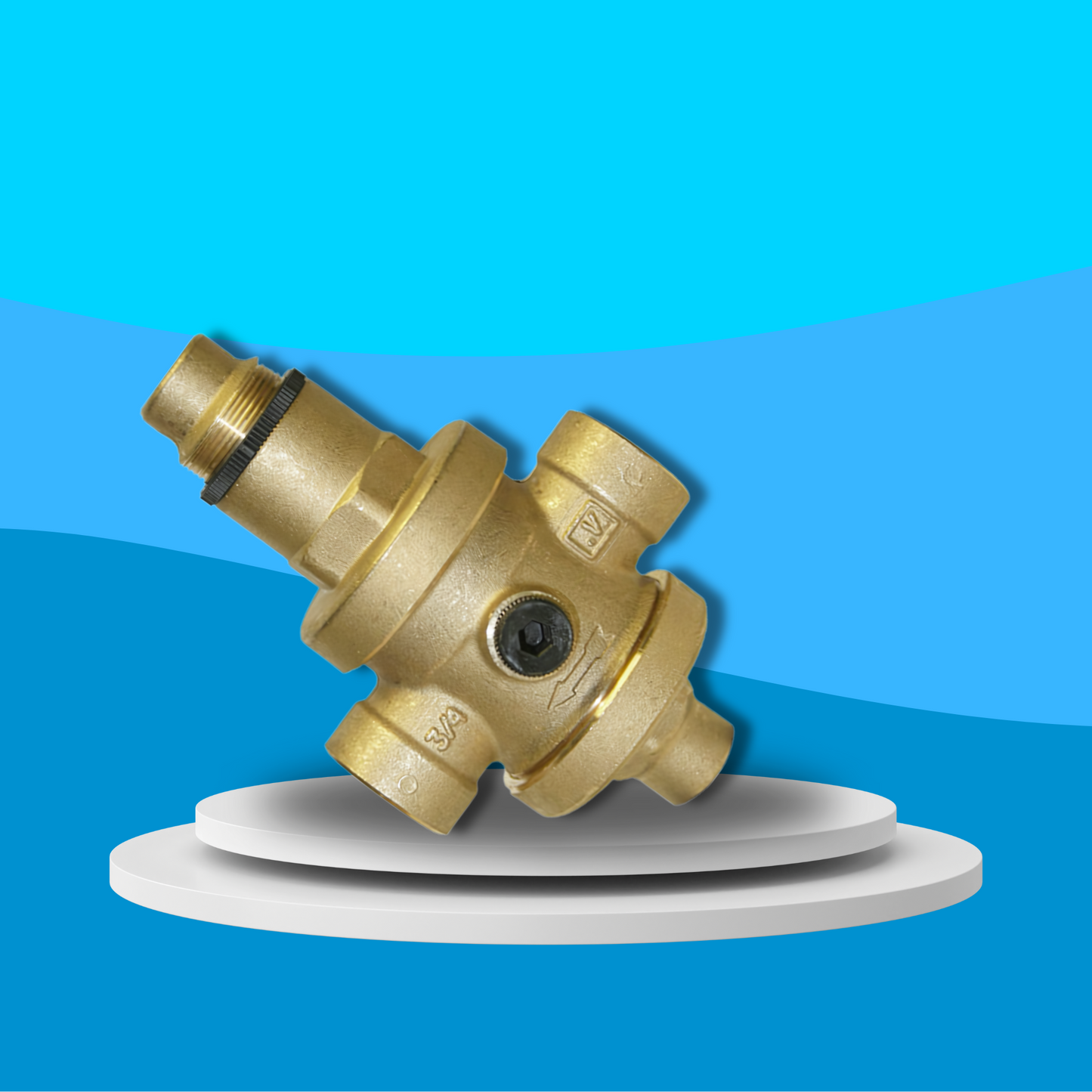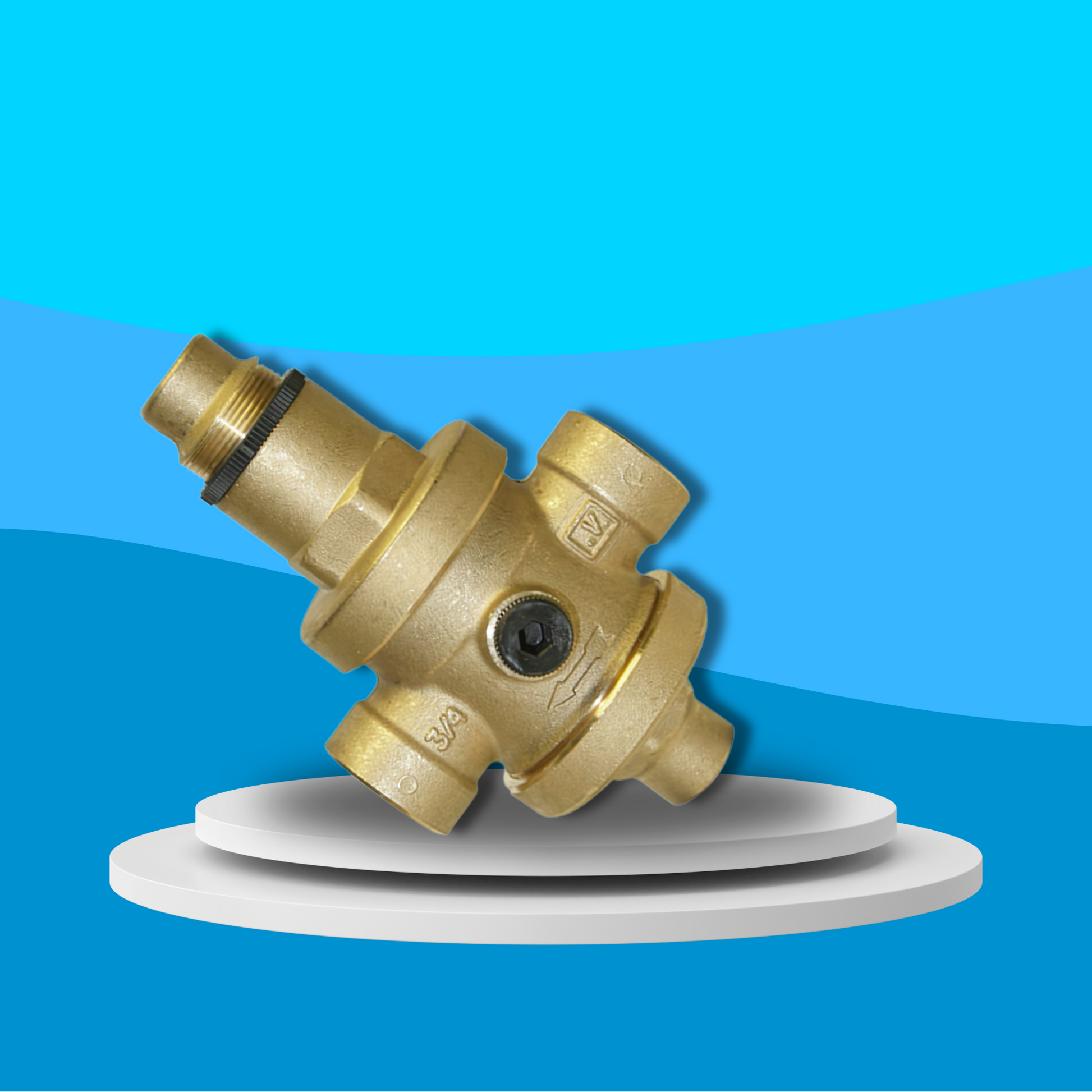Wras Valve
WRAS Approved Brass Pressure Reducing Valve
WRAS Approved Brass Pressure Reducing Valve
Couldn't load pickup availability
WRAS Certified
Introducing the WRAS Approved Brass Pressure Reducing Valve, designed for reliable and precise pressure control in various water applications. These valves feature a direct-acting, diaphragm system and are crafted from high-quality brass with a stainless steel seat, ensuring durability and compliance with WRAS standards. With an adjustable outlet pressure range and the ability to handle high inlet pressures, these valves are ideal for residential, commercial, and industrial settings.
Key Features:
- WRAS Approved: Certified to meet stringent WRAS standards for water safety and quality.
- Durable Construction: Made from high-quality brass with a stainless steel seat for enhanced durability and corrosion resistance.
- Adjustable Pressure: Outlet pressure adjustable from 0.5 to 6 bar for ½” to 1” sizes and 1.5 to 6 bar for 1¼” to 4” sizes.
- High Inlet Pressure Capacity: Can handle a maximum inlet pressure of 25 bar.
- Temperature Range: Operates effectively between -10°C and 80°C.
- Versatile Applications: Suitable for residential, commercial, and industrial water systems.
- Easy Monitoring: Equipped with a ¼” gauge port for easy pressure monitoring.
Specifications:
- Material: Brass Body and Components, Stainless Steel Seat
- Rubber Parts: NBR (Nitrile Butadiene Rubber)
- Approval: WRAS Approved
- Maximum Inlet Pressure: 25 Bar
- Adjustable Outlet Pressure: 0.5 to 6 Bar (½” to 1” sizes), 1.5 to 6 Bar (1¼” to 4” sizes)
- Maximum Working Temperature: 80°C
- Temperature Range: -10°C to 80°C
- Connection Type: BSP
- Application: Residential, Commercial, and Industrial Water Systems
Share

FAQ's
What is the difference between a valve and an actuator?
What types of actuators are available?
The main types of actuators are:
Pneumatic actuators – use compressed air for fast, reliable operation.
Electric actuators – use electrical power for precise control.
Hydraulic actuators – use fluid pressure for high-torque applications.
Each type offers unique advantages depending on the environment, media, and system control needs.
How do I choose the right actuator for my valve?
To select the correct actuator, consider:
Valve type and torque requirement
Power source available (air, electric, or hydraulic)
Operating environment (temperature, humidity, hazardous area)
Control signal type (on/off or modulating)
Matching actuator torque and compatibility with the valve’s ISO mounting ensures reliable performance.
What are the main types of valves used in automation?
The most common valves in automated systems include:
Ball valves – for tight shutoff and quick operation.
Butterfly valves – for larger flow control with compact design.
Globe valves – for precise throttling and flow regulation.
Check valves – to prevent backflow.
Gate valves – for full bore flow isolation.
What’s the difference between a double-acting and spring-return actuator?
Double-acting actuators use air (or power) to both open and close the valve.
Spring-return actuators use air to open (or close) the valve, and a built-in spring to automatically return it to a safe position when power or air is lost — ideal for fail-safe operation.
How often should valves and actuators be serviced?
Regular maintenance intervals depend on operating conditions, but a good rule of thumb is to inspect every 6–12 months.
This includes checking for leaks, lubrication, seal wear, and actuator responsiveness to prevent unexpected downtime.

